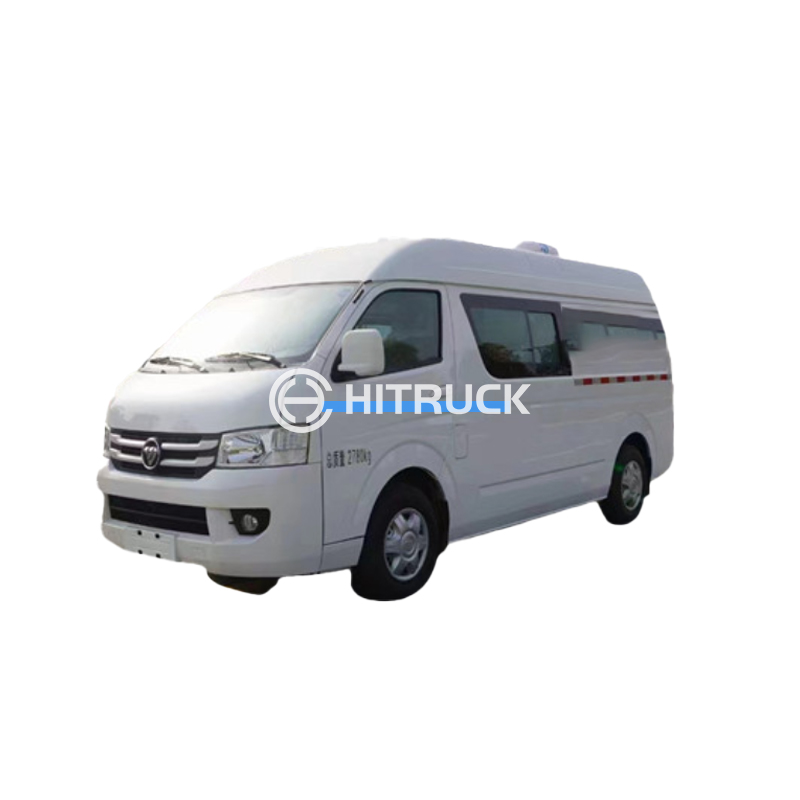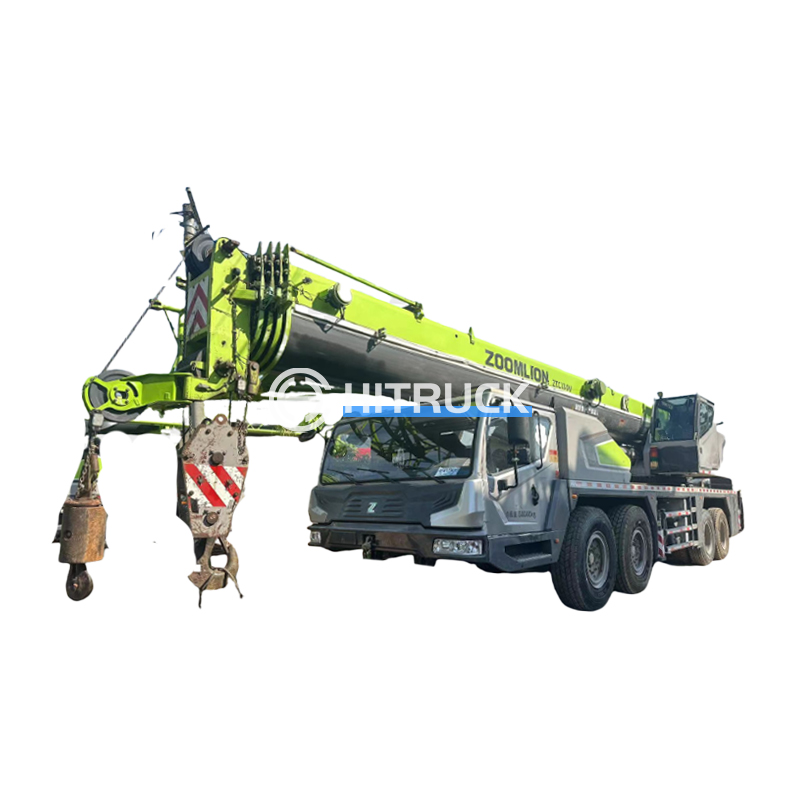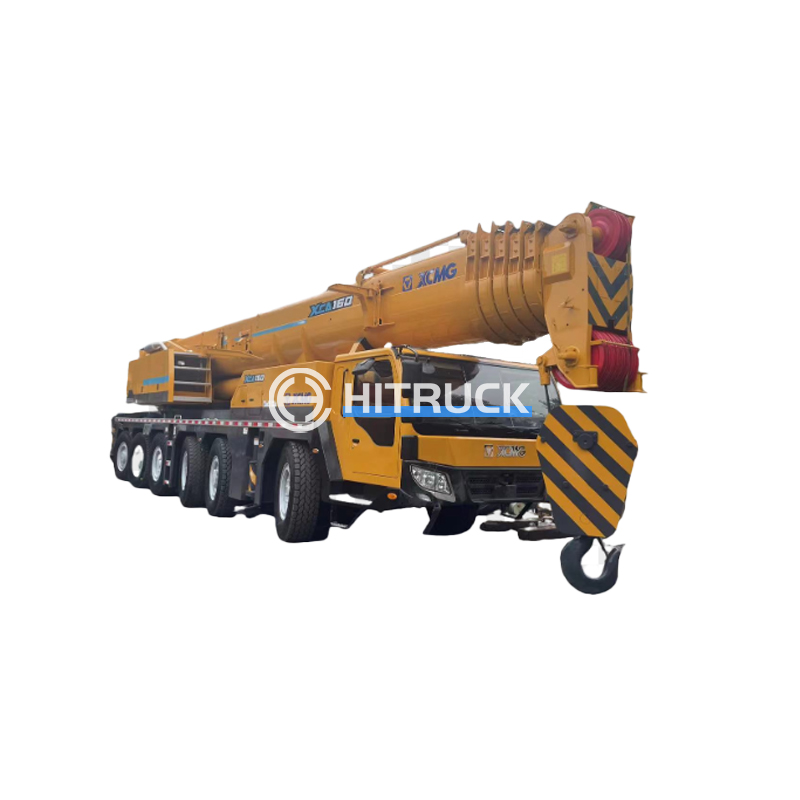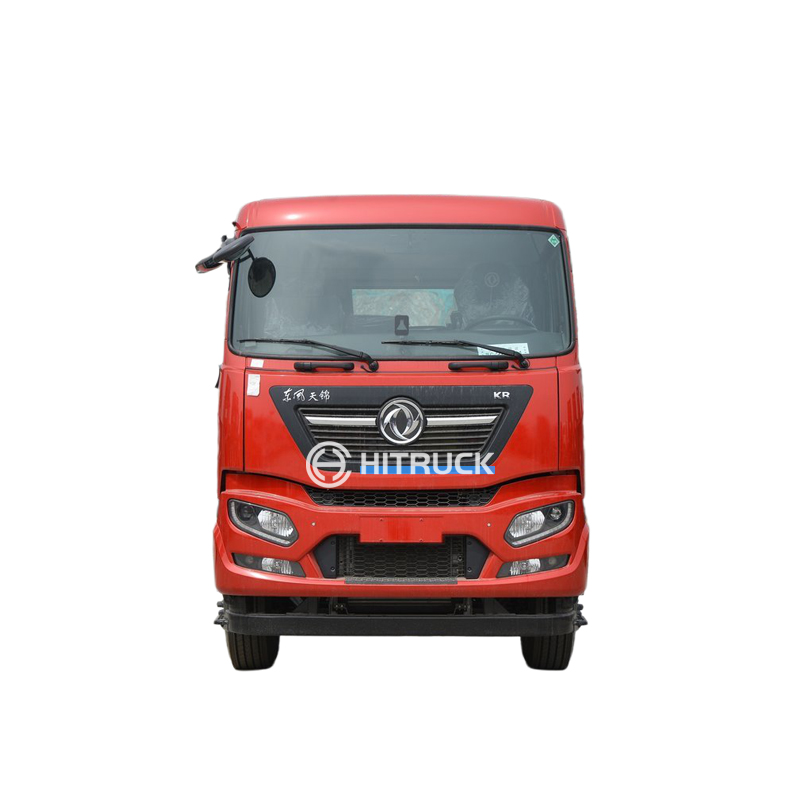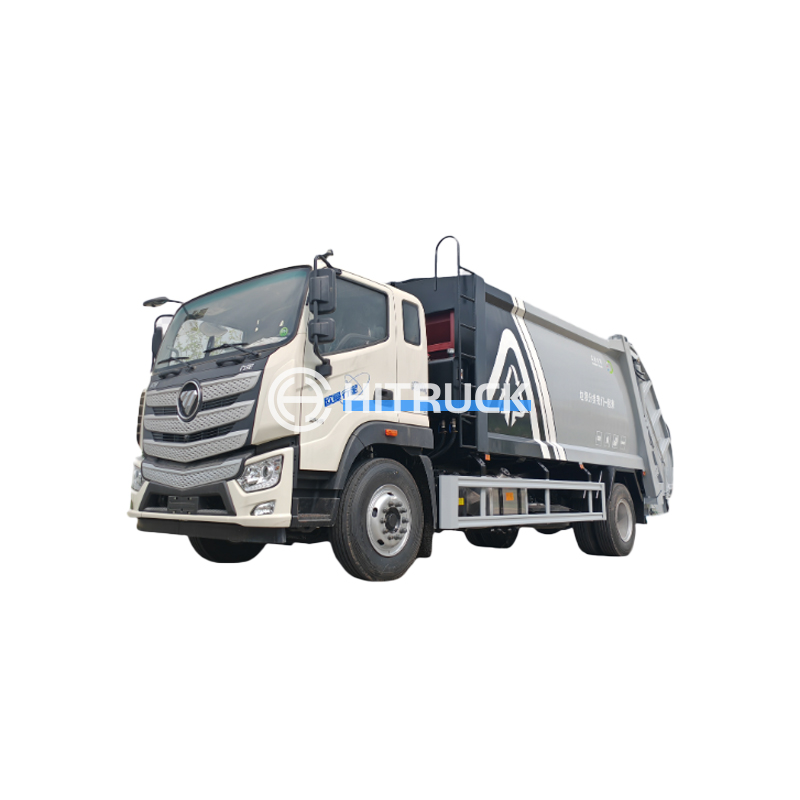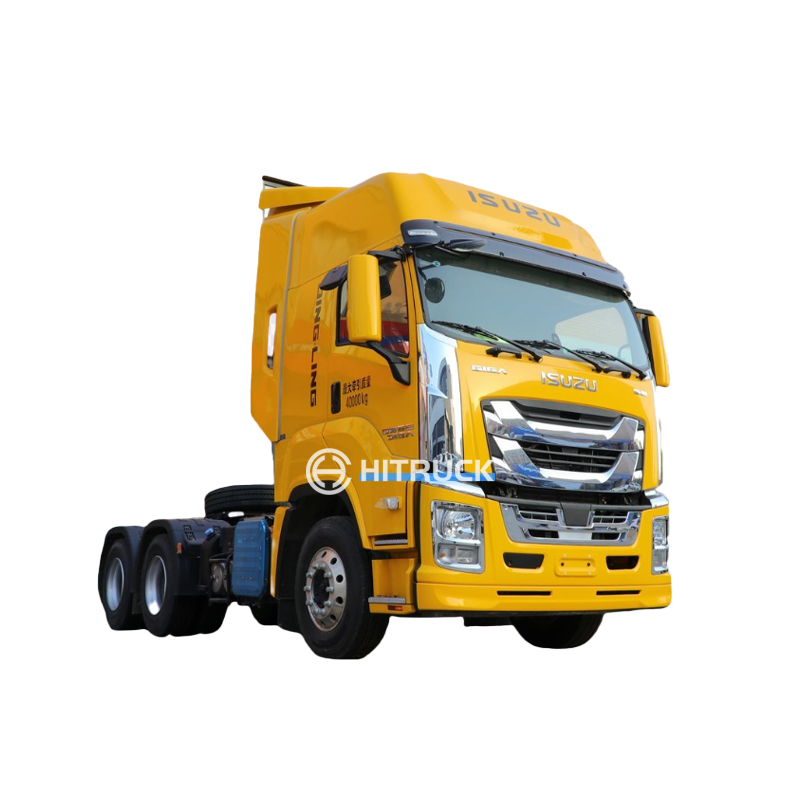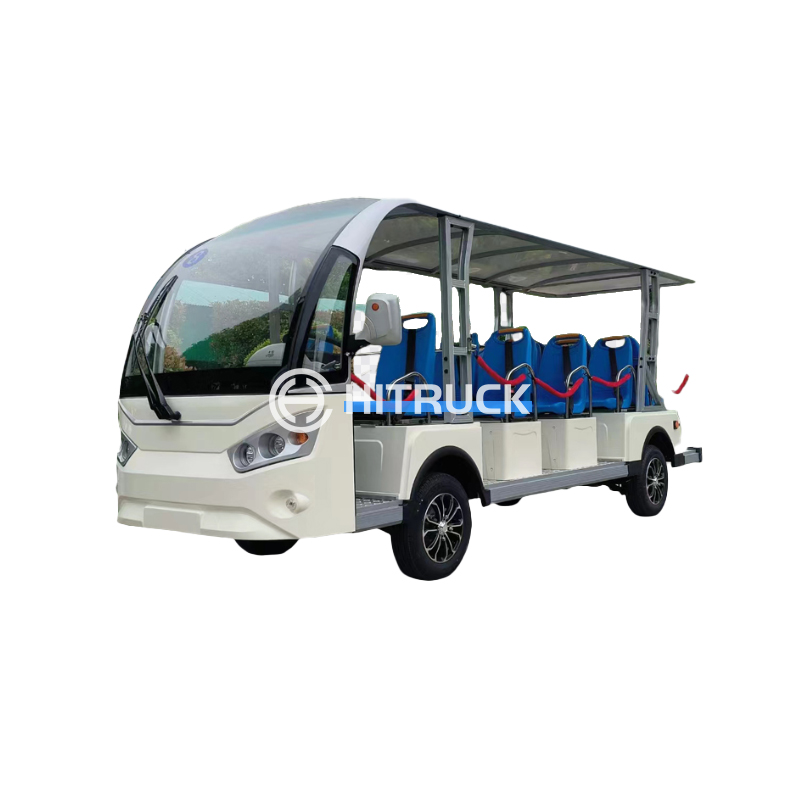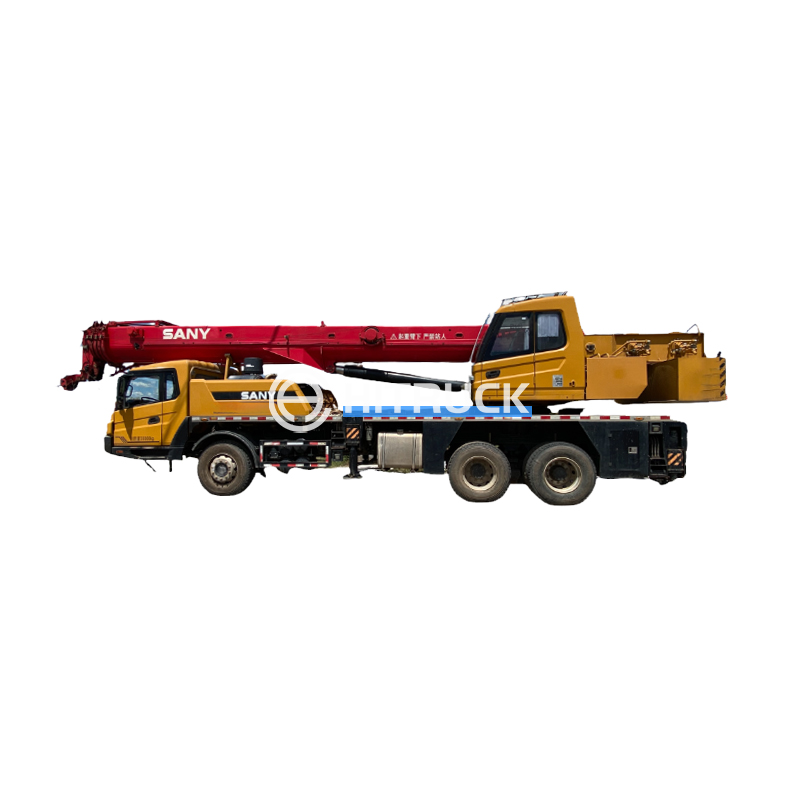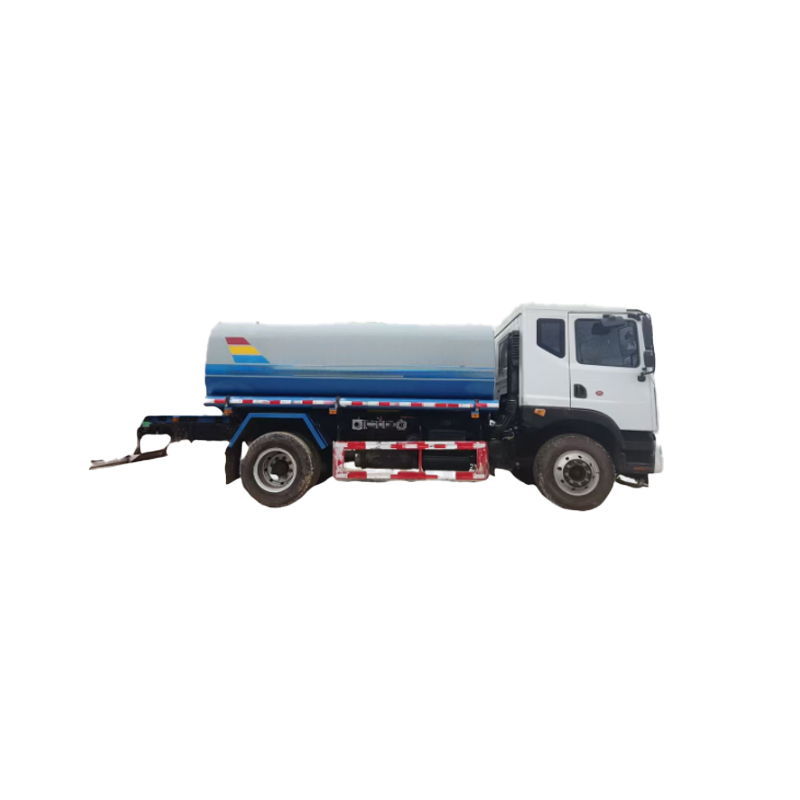This comprehensive guide explores the various types of overhead cranes, detailing their functionalities, applications, and key differences. We'll delve into the specifics of each crane type, helping you understand which is best suited for your specific lifting needs. Whether you're involved in manufacturing, warehousing, or construction, choosing the right overhead crane is crucial for efficiency and safety. This guide provides a clear overview to aid in that decision-making process.
Overhead cranes are essential material handling equipment used across diverse industries. They are defined by their overhead structure, enabling them to lift and move heavy loads horizontally and vertically within a defined area. The specific type of overhead crane you choose will depend largely on factors like load capacity, span, operating environment, and frequency of use. Understanding these factors is the first step in selecting the correct equipment for your needs. For example, a heavy-duty overhead crane for a steel mill will differ considerably from a smaller, lighter-duty overhead crane in a warehouse.
Single girder overhead cranes are characterized by their single supporting beam or girder. They are typically less expensive and require less headroom than double girder cranes, making them suitable for lighter loads and smaller spans. These cranes are often found in workshops and smaller manufacturing facilities. They're ideal for applications where the load capacity requirements are not particularly high. Many single girder cranes are electric hoist driven, providing reliable and efficient operation. The simplicity of design also leads to easier maintenance and repair.
Double girder overhead cranes possess two supporting girders, offering significantly higher load capacities and longer spans compared to single girder cranes. This makes them suitable for heavy-duty lifting operations in larger industrial settings such as foundries, steel mills, and shipyards. The added girder provides superior stability and strength, ensuring safe and efficient handling of heavier loads. They often incorporate more advanced control systems and safety features than single-girder cranes.
While technically not strictly overhead cranes in the same sense as single and double girder types, jib cranes are frequently used in conjunction with them or independently for localized lifting tasks. Jib cranes consist of a cantilever arm mounted to a wall, column, or floor, offering a significant advantage when dealing with smaller loads that need to be moved over a relatively short distance. They are particularly useful in situations where the installation of a full overhead crane system would be impractical or unnecessary. Various configurations exist, including wall-mounted, free-standing, and column-mounted jib cranes, offering flexibility in placement and application.
Gantry cranes are similar to overhead cranes but run on the ground instead of an overhead structure. They feature a bridge structure supported by two legs that run along a track on the ground, making them ideal for lifting heavy loads in open areas where an overhead structure is not feasible. They're commonly used in outdoor applications, construction sites, and for handling large components.
Selecting the appropriate overhead crane requires careful consideration of several factors. These include:
Careful assessment of these factors will lead to the most efficient and cost-effective solution. For expert advice and a wide selection of high-quality overhead cranes, consider contacting Suizhou Haicang Automobile sales Co., LTD—a leading provider of industrial equipment and machinery.
| Feature | Single Girder Crane | Double Girder Crane |
|---|---|---|
| Load Capacity | Lower | Higher |
| Span | Shorter | Longer |
| Headroom Requirement | Lower | Higher |
| Cost | Lower | Higher |
Remember to always prioritize safety when working with overhead cranes. Proper training and adherence to safety regulations are paramount. Consulting with qualified professionals is crucial for selecting and installing the right equipment for your needs.

